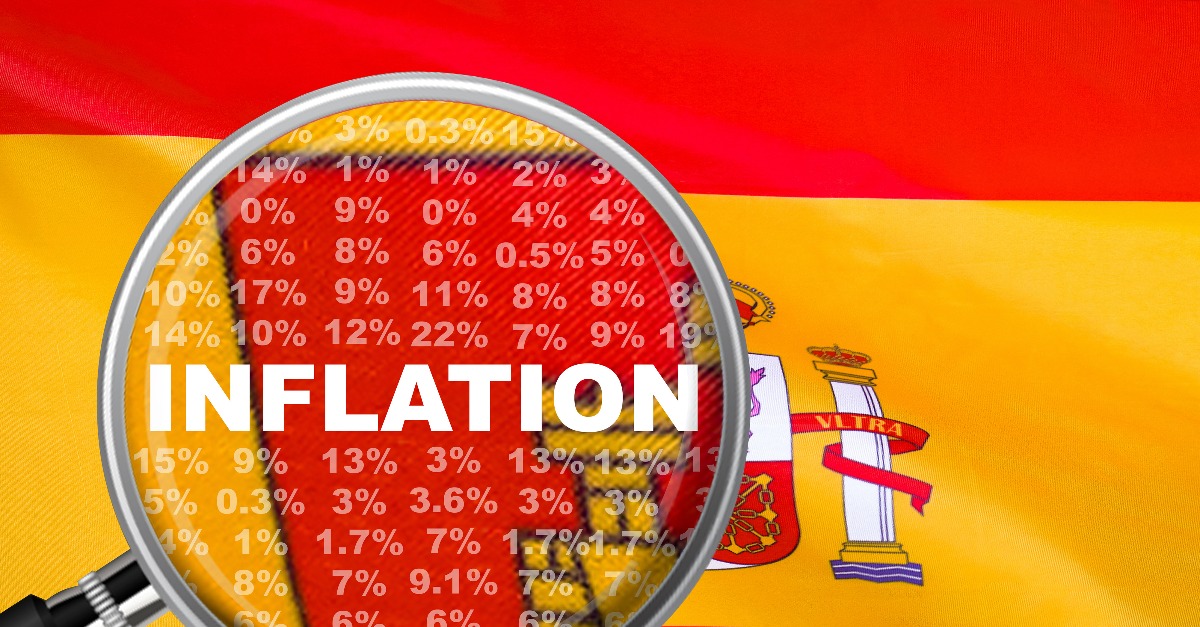The price trend for gas, electricity, and gasoline slowed the increase in April. According to preliminary data released on Tuesday by the National Institute of Statistics (INE), inflation fell slightly this month compared to the previous year. However, this does not mean that prices fell overall, but merely that their increase slowed somewhat. The INE’s initial estimate shows that the Consumer Price Index (CPI) closed April with a year-on-year change of 2.2%—the lowest level since October. The slight decline in inflation, mainly due to falling energy prices compared to the same month last year, contrasts with the rise in the core CPI, which broke the downward trend of recent months and rose to 2.4%.
Inflation thus weakened for the second consecutive month in April, after falling by seven-tenths of a percentage point in March, from 3% in February to 2.3%. Last month’s decline was significantly smaller, at just one-tenth of a percentage point, but allows for a continuation of the slowdown toward the 2% target set by the European Central Bank (ECB). Without confirmation of the preliminary data released on Tuesday, the 2.2% recorded in April could represent the lowest inflation level since the 1.8% recorded in October of last year.
The Ministry of Economy assesses the price trend positively. “Spain continues to experience higher economic growth compared to other developed economies, accompanied by moderate inflation, despite the high level of uncertainty in the international environment,” explain sources from Carlos Cuerpo’s department. “These excellent macroeconomic data can also be translated into microdata, improving the economic situation and the prospects of our companies and families,” they add.
These CPI slowdowns last month are mainly due to the decline in gas prices compared to the simultaneous increase last year, as well as the sharper decline in electricity prices in April 2024. The INE also attributes the slowdown in prices to the behavior of fuel prices, which have fallen compared to the previous year. According to the European Union’s Oil Bulletin, the average price of diesel and gasoline in Spain last week was €1.39 and €1.48 per liter, respectively, compared to over €1.50 and €1.60 per liter in the same period last year.
We will have to wait until mid-May to know the exact evolution of these and other products, such as food, whose CPI rose for the second consecutive month in March, to 2.4%. So far, it is known that the price reduction occurred primarily in energy products. Excluding these elements and unprocessed food from the calculation, we see a significant increase in core inflation in April, to a rate of 2.4% year-on-year, four-tenths higher than March’s figure.
This indicator, which shows the extent to which price increases have spread to the economy as a whole, has thus reversed the declines of recent months and has been above the general index since October of last year, returning to the level at which 2025 began. On a monthly basis, core inflation rose by 1% compared to March, while the general index increased by 0.6%.
The European Central Bank is closely monitoring inflation developments in the euro area, particularly in light of the uncertainty caused by trade tensions with the US and concerns that a new price crisis could be triggered. For now, the institution, chaired by Christine Lagarde, has not paused the decline in interest rates to “reinvigorate” the economy.




